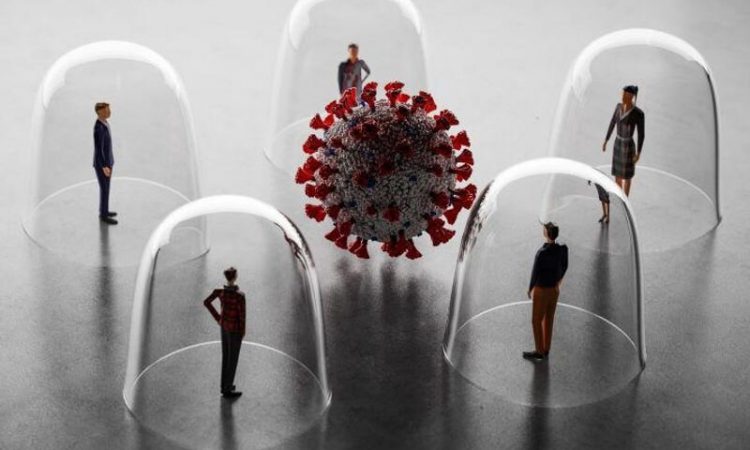
(HealthDay)—Herd immunity against COVID-19 is unlikely, and coping with the disease will likely hinge on vaccination, treatment and ensuring adequate hospital capacity, a new study conducted in Los Angeles County claims.
With herd immunity, most people have antibodies from vaccination or prior infection, so a virus has fewer people to infect and stops spreading.
Early in the pandemic, there were hopes that herd immunity would end it, but this new study suggests that’s unlikely.
“Given that new variants continue to result in significant surges—even in a place like L.A. County which had some of the strictest mask mandates and most expansive testing capacity in the country—we need to pivot our pandemic response from minimizing infections to minimizing the harm from infections,” said Neeraj Sood, director of the COVID Initiative at the University of Southern California’s Schaeffer Center for Health Policy & Economics.
The researchers estimated that as of April 2021, about 72% of adults in Los Angeles County had antibodies against COVID-19 through vaccination or a past infection.
Despite that high rate of people with antibodies, COVID cases in the county have nearly doubled since last April, according to findings published Jan. 20 in the journal JAMA Network Open.
Black adults and those from lower income households had far lower rates of protective immunity overall, despite having higher rates of antibodies from past infection, the study found.
“These communities were hit on both sides: they generally had lower vaccination rates, especially in the first few months that vaccines were available, and they also were harder hit by the earlier waves of COVID,” Sood said.
The pandemic has laid bare severe health disparities in Los Angeles, said Howard Hu, chairman of the Department of Population and Public Health Sciences at USC’s Keck School of Medicine. “Going forward we need to redouble our efforts to reduce these disparities.”
The results suggest that policymakers and public health officials should reconsider long-term goals in dealing with COVID-19 and how to make best use of resources.
“Testing the symptomatic, ensuring access to new treatments and encouraging vaccinations for high-risk populations should be the pillars of our pandemic response going forward,” Sood said.
Source: Read Full Article
